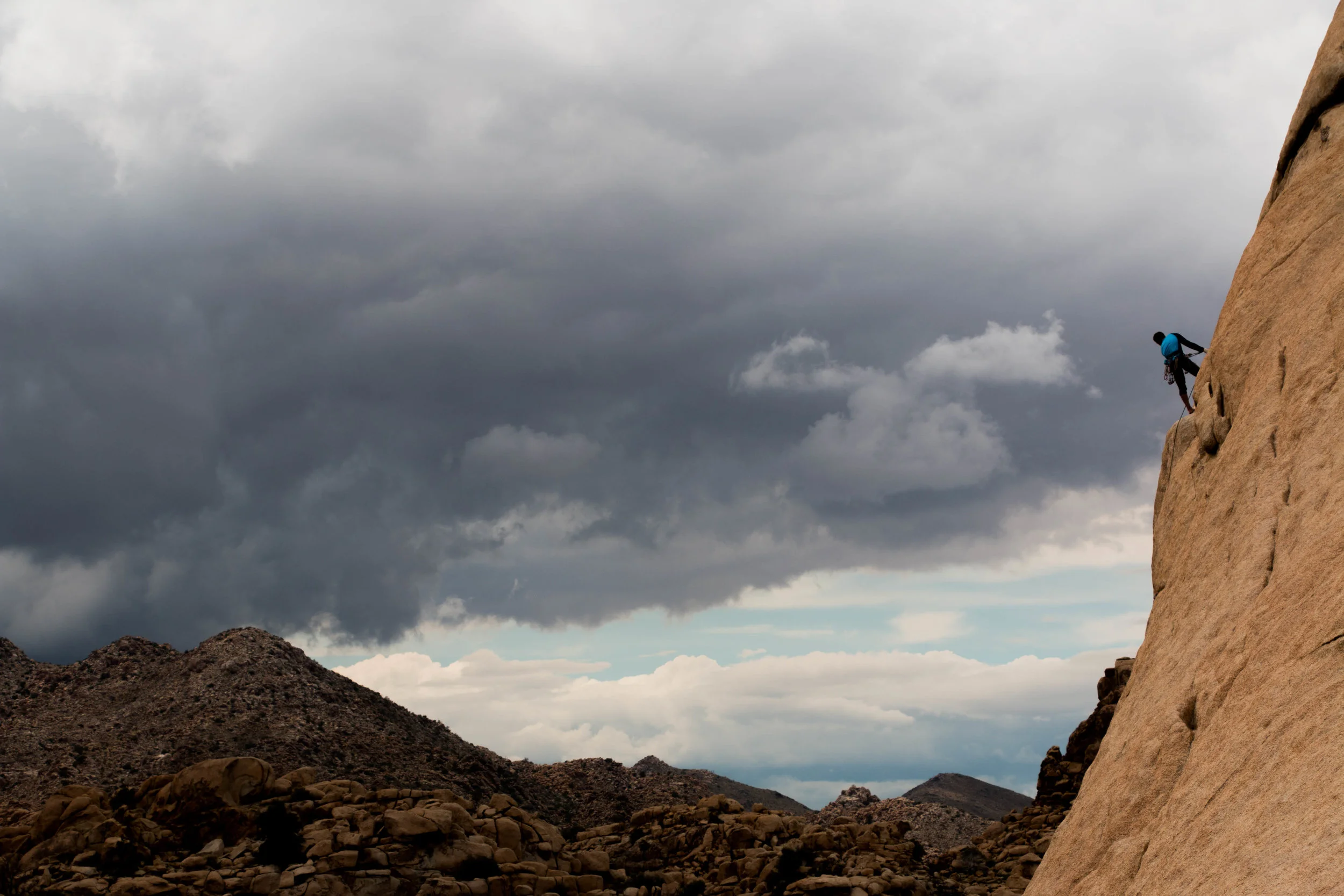We had barely left the airport when she dropped the “n” word. I had just arrived in North Carolina to deliver a leadership workshop and this stranger’s words struck my nervous system like an electric shock. Growing up as a white male in San Diego it was easy to feel removed from the racism and bias which plague more of the country than I would like to admit. And here I found myself with a racist in my backseat. I instantly questioned my decision to give this woman a ride, momentarily stuck in the uncomfortableness of the moment. Normally I would classify myself as anti-racist, someone who actively confronts racism, yet in this moment I was not prepared to respond. It was easy for me to ideologically identify with being anti-racist; living this truth, however, is a whole different matter.
Most of us have faced that moment when racist or sexist remarks lead to an internal struggle. Do we confront it, ignore it, or hope the uncomfortable silence will speak for us. Torn between the voice of our beliefs and our desire for harmony. In this moment, I chose my beliefs over harmony.
“Excuse me”, I stated “you are going to have to curb your racism while in this car”. As I spoke a colleague sitting next to me squirmed in her seat, clearly feeling the discomfort of the moment as well. The woman in the backseat, realizing the ideological divide, agreed and fell quiet.
Conversations about race can be extremely uncomfortable for everyone involved. We fear making others uncomfortable, we fear hearing uncomfortable things, we fear not saying the right thing. Talking about race is a commitment to the uncomfortable. That day, with the racist in my back seat I made a decision to be uncomfortable. Knowing that doing what is right was far more valuable than my comfort.
I leaned in and began to get curious about this woman, her beliefs, her history. Growing up in white suburban San Diego, I’ve never come across such blatant racism and I wanted to understand. I had made clear my boundary about her racist remarks and yet I did not want to shut her down completely. So I began to ask her about her childhood, her family, and her life in general.
As we meandered the narrative of her life I found it difficult to find any singular source of her bias. She spoke of her father in the military and the nomadic childhood as a result, as well as what seemed to be a string of difficult romantic relationships. There did not seem to be a singular poisoned well from which she drank, instead it seemed her bias came from a lens slowly crafted by fear, institutional bias, and the relationships which dominated her reality.
I sought to understand and not to change her mind. To her credit, she was open to sharing and I believe the non-judgemental approach created a sense of safety that allowed her to do so. As our conversation drifted into immigration I found myself questioning the foundation of her bias. In one instance, she was highlighting the fact that most immigrants don’t even know the 1st or the 5th president of the United States. I admitted I did not know who the fifth president of the United States was (James Monroe), she admitted she did not either. I asked her if she felt she was holding immigrants to a standard she could not meet herself. She paused for a moment and then admitted that she was.
This may not seem like a huge admission on her part, however, in the moment you could see this woman questioning her bias, perhaps for the first time ever. This was just one of several moments in our conversation where the foundation of her racism and bias began to crack. This felt like progress, a small step, but progress nonetheless.
I am aware that I am white male and that this conversation would have been very different and potentially very triggering for a person of color. While I can imagine this, I cannot speak to this experience. What I am left with from this experience is a desire to promote dialogue. To promote leaning into difficult conversations and deepening our ability to navigate them. To promote developing the capacity to be uncomfortable. To promote drawings boundaries AND creating open dialogue. The act of dialogue is a subtle protest to the ignorance that pervades our world. Our own ignorance included.
I have begun to engage my own family and friends in discussions around race and racism. It is uncomfortable, for me and everyone involved regardless of their level of bias. While systematic reform is critical in this fight, dialogue at every level will help each of us understand the depths of our own bias and that of the world around. It is an act of courage that often goes unnoticed and yet collectively can help reshape our national psyche to build a more fair and equitable nation. So my question to you is, where is your edge of uncomfortable dialogue? What conversations can you lean into? What conversations are you avoiding? Where are your opportunities for meaningful dialogue?
I would love to hear your stories on leaning into uncomfortable conversations. What has worked? What has been challenging? What learning or resources do you have to share? This shift in our consciousness will require that we all act with courage. What steps are you taking or can take to make this momentum lasting and impactful?





